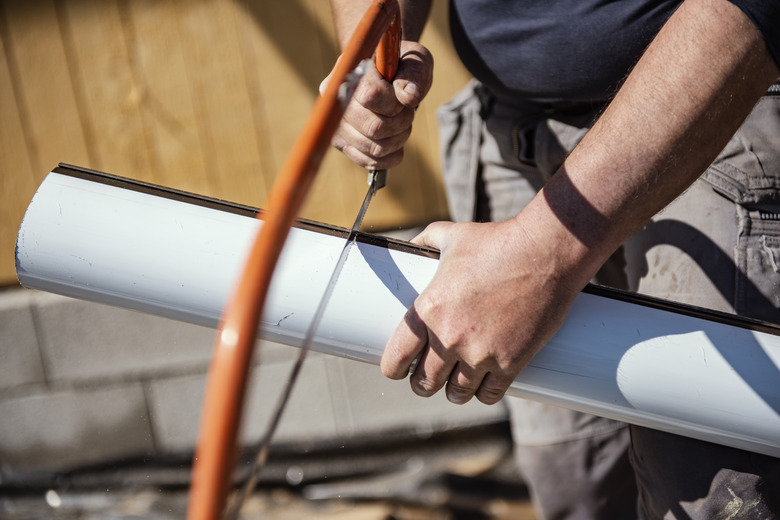Types Of Hacksaw Blades
We may receive a commission on purchases made from links.
Saws come in a variety of styles and sizes, and each one has a purpose. The hacksaw is one of those tools that just about every DIY homeowner and professional has in a toolbox somewhere. While mostly used for metal, many home repair kits come with some form of a hacksaw with a simple blade for general-purpose cutting. There are many different sizes and types of hacksaw blades, and all have a unique purpose.
Hacksaw Blade Types
Hacksaw Blade Types
Choosing the right hacksaw blade is no different than choosing any other tool for a job. Sure, a wrench might work as a hammer, but wouldn't it make sense to just get the hammer? The wrong type of hacksaw might work, but how well will it work? Every type of hacksaw blade has a teeth-per-inch rating (TPI). The TPI is how aggressively the blade will cut.
- Course-grade hacksaw blades (14-18 TPI) are typically best used for cutting thicker metals because they have fewer TPI. Examples of these metals would be mild or low-carbon steel, copper, aluminum, and brass.
- Medium-grade hacksaw blades (20-24 TPI) are good all-purpose hacksaw blades. These blades can cut most metals with a little more grace than the course grade. These hacksaw blades might struggle with some thicker metal projects, but they are the better choice for some metals, such as cast iron.
- Fine-grade hacksaw blades (24-30 TPI) can be used for cutting thinner metals. Some of these include sheet metal; thin-walled tubing, such as electrical conduit; or copper piping. Using this blade is great for electrical work because it will cut more finely and not leave any rough edges for wires to drag on. Plumbers might use this type of hacksaw blade to ease the cleanup before making a plumbing joint in a tight spot.
- Superfine-grade hacksaw blades (30-32 TPI) are used for working with really fine metals.
- Ail hard blades are also a super-fine hacksaw blade (30-32 TPI). These blades are hardened and tempered (reducing brittleness), which helps retain their sharpness for longer.
- Flexible blades are exactly that — flexible. This is made possible by hardening only the cutting teeth region of the blade, but it's also tempered to keep it from becoming too brittle. This process gives the blade a sort of elasticity, and it's less likely to break while cutting a circle.
Hacksaw Frame and Blade Sizes
Hacksaw Frame and Blade Sizes
Selecting the right size for the right purpose is just as important as the type of hacksaw blade you need. Hacksaw frames come in yet another variety of types. Each one has its own purpose to match the purpose of the project. These frames can range from 8-inch hacksaw blade frames used for small projects to as large as 12-inch hacksaw blades used for larger projects.
The hacksaw frame is what determines the size of the blade. The blade is measured between the holes in the blade itself. These holes will be 8, 10, and 12 inches, but 10 is the most common. If your frame is a 12-inch frame, it may be able to accept a 10-inch blade. You may find that homeowners' tool kits use an 8-inch hacksaw blade.
